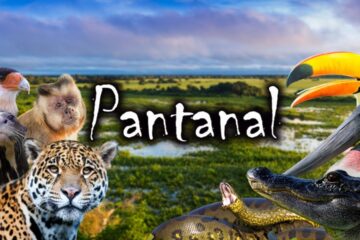Este post também está disponível em:
Português
English
The city of Pedro II in Piauí is a Piauiense treasure located in the Serra dos Matões and has a variety of options for tourists. For its 600 metres above sea level, it has mild temperatures throughout the year.
In addition, the precious stone Opal was discovered in Pedro II in 1930. The city is also known as the Land of Opal and “Switzerland Piauiense”, due to its mountain climate.
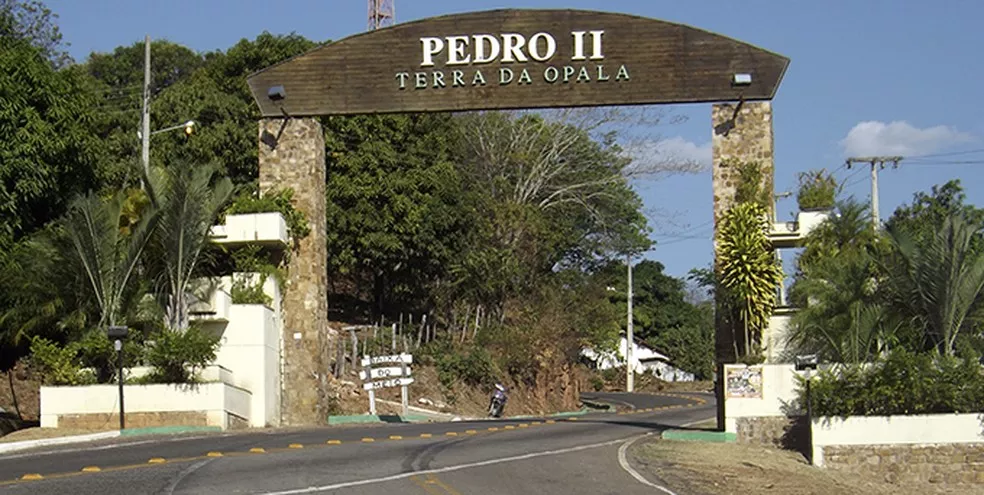
The waterfalls, rock formations and trails are perfect settings for extreme sports or for those who just want to stroll and enjoy nature.
In the urban part, the Portuguese-style houses reveal the interior air and all the history behind the colonisation, but the indigenous element is also present: the more than 200 archaeological sites are living proof of the presence of the communities that inhabited these lands thousands of years ago.
Underground, there is the Opal Stone, a valuable gem that is only found in this region of Piauí and in Australia.
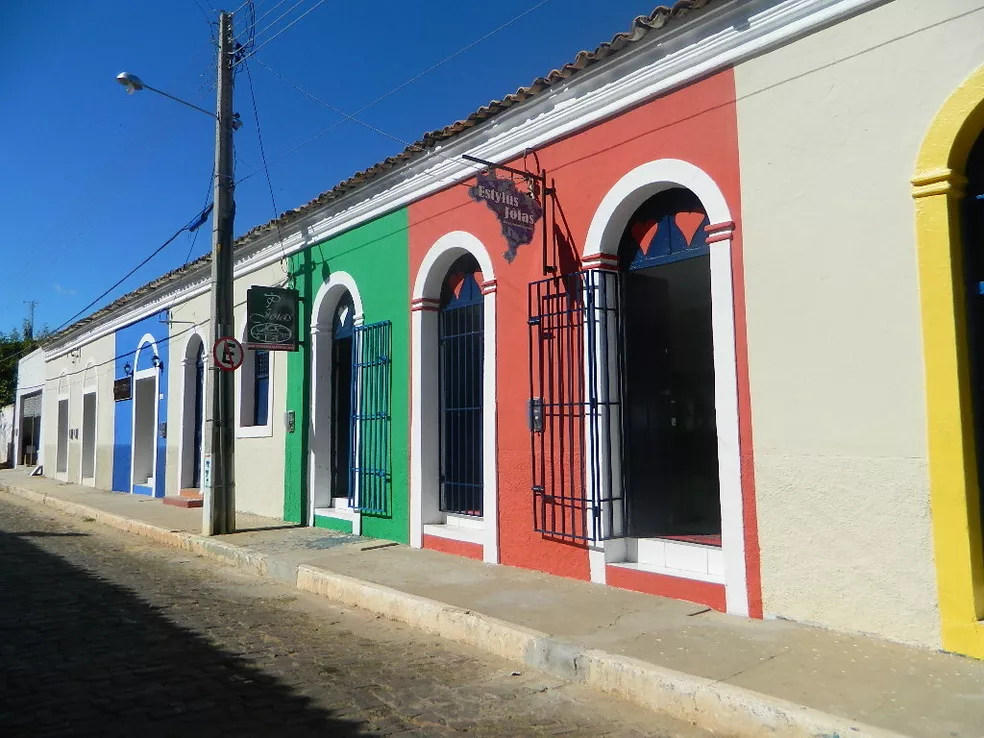
The handicraft of cotton threads is a striking cultural trait with its tapestry and hammocks of nationally recognised quality.
For those who like good music, there is the Winter Festival, which has been held annually since 2004, on the Corpus Christi holiday, uniting all the potentials of the municipality – ecotourism, crafts, sport – and music, with shows by local, national and international artists.
Pedro II still has options for those who like to experience the situations of the country man with the possibility of staying in the house of the inhabitants of the rural area.
Videos about Pedro II city and Pedra Preciosa Opala
.


Cidade de Pedro II é a Terra da Opala11:46

cidade de Pedro II - Guia de Turismo
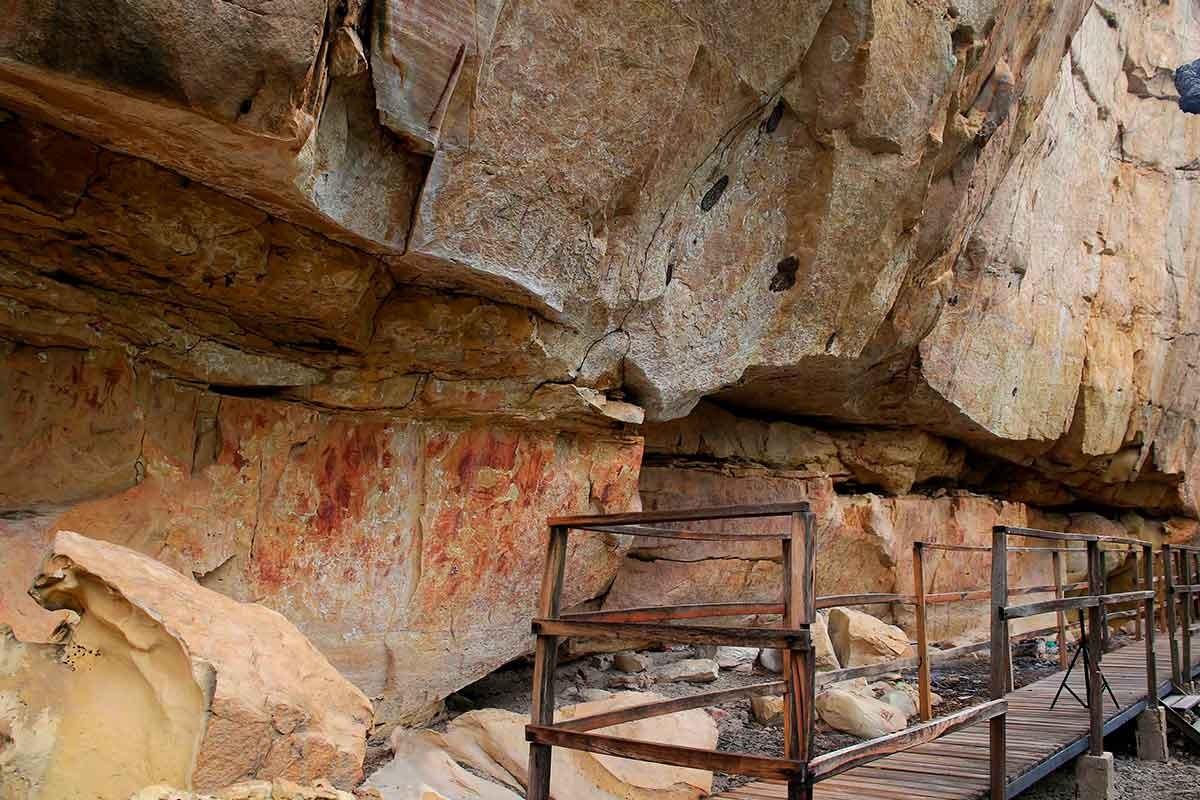
Sítios Arqueológicos de Pedro II02:40
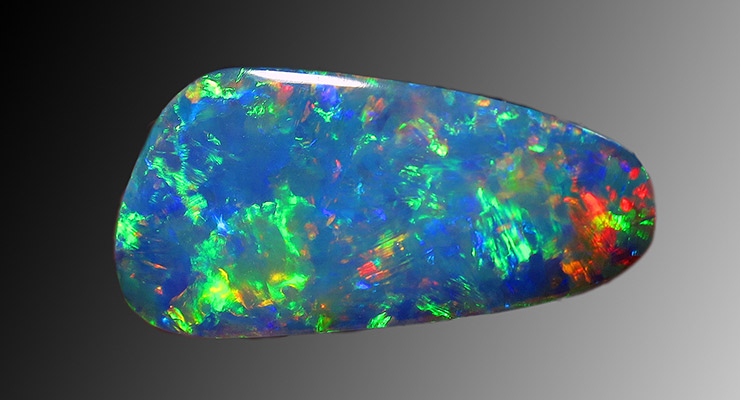
Opala preciosa que gera riquezas em Pedro II01:41

PEDRA OPALA - COMO SÃO PRODUZIDAS JÓIAS01:41
See also Opal is one of the most beautiful precious stones found in Brazil.
TOURIST POINTS OF THE CITY OF PEDRO II
1. Historic Centre
The town centre has centuries-old Portuguese-inspired buildings as well as mansions that recall the economic heyday of the first half of the 20th century.
Many tourists are enchanted by the buildings that retain the characteristics of the 19th century. Colourful buildings can be seen all over the city, attracting attention for their traditional architecture and the historical importance they represent.
Most of these buildings can be found in the centre. Many of them serve as public bodies of the municipality.
Among them, the following stand out:
1.1 Memorial Tertuliano Brandão Filho

Memorial Tertuliano Brandão Filho keeps a collection of images and documents of the city.
1.2 Board of Trade
The site, which was used as the city’s commercial centre in the 1940s, spent a period deactivated, without being used as a public building.
In 2005, the Board of Trade underwent a renovation, returning to function, this time as a centre for the lapidation of Opals produced in the municipality.
1.3 Manor House of the Brown Star

Colonel Domingos Mourão was municipal intendant, head of the state and federal collectorate.
In the 1930s this mansion was bombed by order of the federal government of the time. Even today, the decoration of the house is composed of furniture and utensils from the time of its construction.
1.4 Church of Our Lady of the Conception
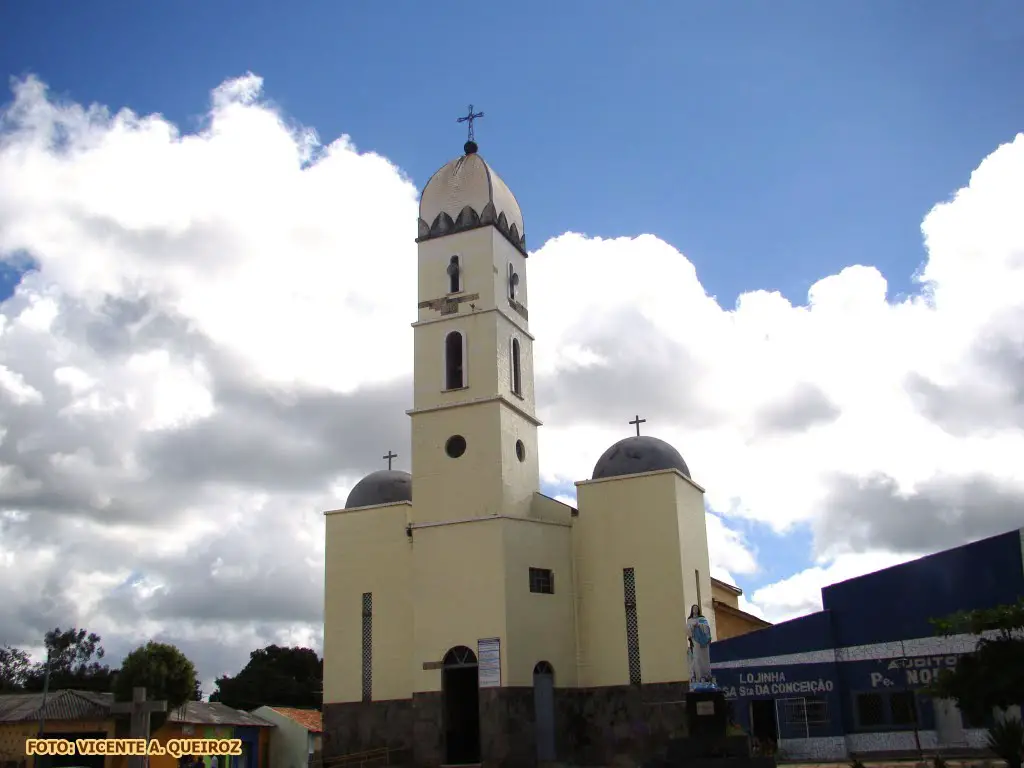
Church of Our Lady of the Conception which replaced the chapel in honour of the same saint brought by the Portuguese in the 18th century; the
1.5 City Hall
This building housed the police station, was the seat of a club, the town hall and since 1918 has been the seat of the Municipal Public Power.
In the mayor’s office there is a painting of D. Pedro II dated 1925, painted by Sister of Charity of Teresina.
1.6 Dona Miriam Mourão Eduardo Pereira Handicraft Workshop.
Today it is a school, but it was once the residence of Captain Domingos da Silva Mourão, a promoter and politician of the city.
Since his death in 1893, it has served as a public building. This mansion was the headquarters of the Post Office in the 20s and 30s and, since 1998, it has been given over to the handicraft workshop, a partnership between SEBRAE and the city hall.
2. Handicrafts
Crafts made from cotton threads have been a tradition in Pedro II since at least the 19th century. According to oral history, it all started with the three sisters Severa, Honorina and Mariana who introduced the grid looms in the locality and then spread the techniques of making hammocks, the best known product. Nowadays, quilts, bags, placemats and other objects are also produced.
3. Opal Route

.It is also possible to take a tour that covers the entire opal production chain, from its mines, the best known of which is the Boi Morto, one of the largest in the world in the open air, to the lapidary and jewellery workshops.
4. Archaeological Sites
Pedro II has more than 200 panels of archaeological sites catalogued, four of which have a structure to receive tourists:
- Serra do Quinto
- Buriti Grande dos Aquiles
- Torre 1
- Tower 2
The figures of animals, men and abstract figures are the result of human occupation of years. The presence of a guide is required.
Comprising Tower 1 and Tower 2, the Archaeological Site of the Tower is about 8 km from the city of Pedro II.
The main access to it is via BR-404 which connects the municipality of Pedro II to Poranga, in Ceará.
In just 15 minutes by car and then take a walk along a small and easy trail you can already reach the many rock inscriptions;
What the archaeological site of Pedro II looks like
The archaeological site of the Tower contains panels of rock inscriptions that show us the presence of primitive civilisations that inhabited the region.
Tower 1 has 3 panels, where there is the highest concentration of figures. The oldest inscriptions are 12,000 years old.

In these spaces you can appreciate how the occupation of our ancestors took place. In some, represented by more abstract graphics, that is, paintings that do not concern images of animals, humans or nature.
In others we can already see paintings with human and animal figures.
The paintings vary in size, ranging from small to larger, all with reddish tones.
Panel 3 is where the largest paintings are. You can see all this from a certain structure that contains a walkway from where you can get close to the remains, take pictures and contemplate.
In addition to all this historical wealth, when visiting the archaeological site of the Tower you are still graced with a rich biome with cerrado area and species of this vegetation and also of the caatinga, both with animals and plants belonging to these biomes.
Foxes, reptiles, amphibians and birds of the cerrado and caatinga are possible to find there.
5. Roça Museum – Farm Museum
Private museum located about 10 kilometres from the municipality’s headquarters.

It occupies a century-old house in Pedro II no Piauí.
It occupies a 19th-century mansion and has an eclectic collection that shows the social evolution and the beginnings of mining in the city. It also has a restaurant with a swimming pool and a hammock.
Located in the Rural Zone, the place is a must for those visiting the city. With a collection of more than two thousand pieces, including crockery, handicrafts and agricultural utensils, the Roça Museum attracts thousands of tourists every year.
The place brings together a bit of everything: typewriters, furniture, images of saints, books, records, leather pieces, crockery, banknotes, chests and everything else that can keep the memory of the city alive, according to Mrs Anitalice Galvão, creator of the space.
It is open on Saturdays, Sundays and public holidays.
6. Sítio Buritizinho
This is a private property that is open during the city’s festivals and celebrations.
There is a mill and a flour house where you can follow and interact with the processes of making products from sugarcane (juice, rapadura) and cassava (flour, gum, tapioca).
7. Rural Tourism
Families in rural areas also welcome tourists who want to experience the countryside, such as planting, harvesting and caring for animals.
8. Chapel of Marialves
A girl who died of hunger and thirst is considered a saint by many people.
It is said that many years ago, a family left Ceará fleeing the drought and lost its members along the way, leaving only the 14-year-old girl Maria Alves, who died in the shade of a tree in Pedro II.
Since then, the girl has several devotees who have erected a chapel in her honour.
9. Ecotourism and sports
Pedro II has several trails and side roads that are used for sports such as rallies, enduros and racing competitions amidst the vegetation of cerrado, caatinga and Atlantic forest. There are also several waterfalls that, in addition to bathing, are used for practices such as abseiling.

Among them, the Salto Liso Waterfall stands out, with 26 metres high and cold water – visitable from February to July; and the Cachoeira do Urubu Rei, with difficult access and a waterfall of 76 metres.

10. Mirante do Gritador
It is a point of contemplation located at an altitude of 729 metres from mean sea level and offers a magnificent view of the valleys, divided between Pedro II and the municipalities of Piracuruca, São João da Fronteira and Domingos Mourão.


One of the most visited spots in the city, the viewpoint installed on the Morro do Gritador offers an incredible view for those who arrive.
The curious name, according to locals, arose because long ago the inhabitants of villages at the top of the hill had only one way to communicate with those who lived at the bottom: By shouting.
It is 14 kilometres north of the municipality’s headquarters with access by paved road and has infrastructure for receiving tourists during festivals and parties in the city.
How to get there
The Teresina Teresina Pedro II is 207 kilometres.
Leaving Teresina, take BR 343 to the Federal Highway Police station in the city of Piripiri, turn right and follow BR 404 for about 50 kilometres to the entrance portal. It is also possible to come from Ceará, through Crateús, on the same BR 404.
Northeast Tourism Guide



















